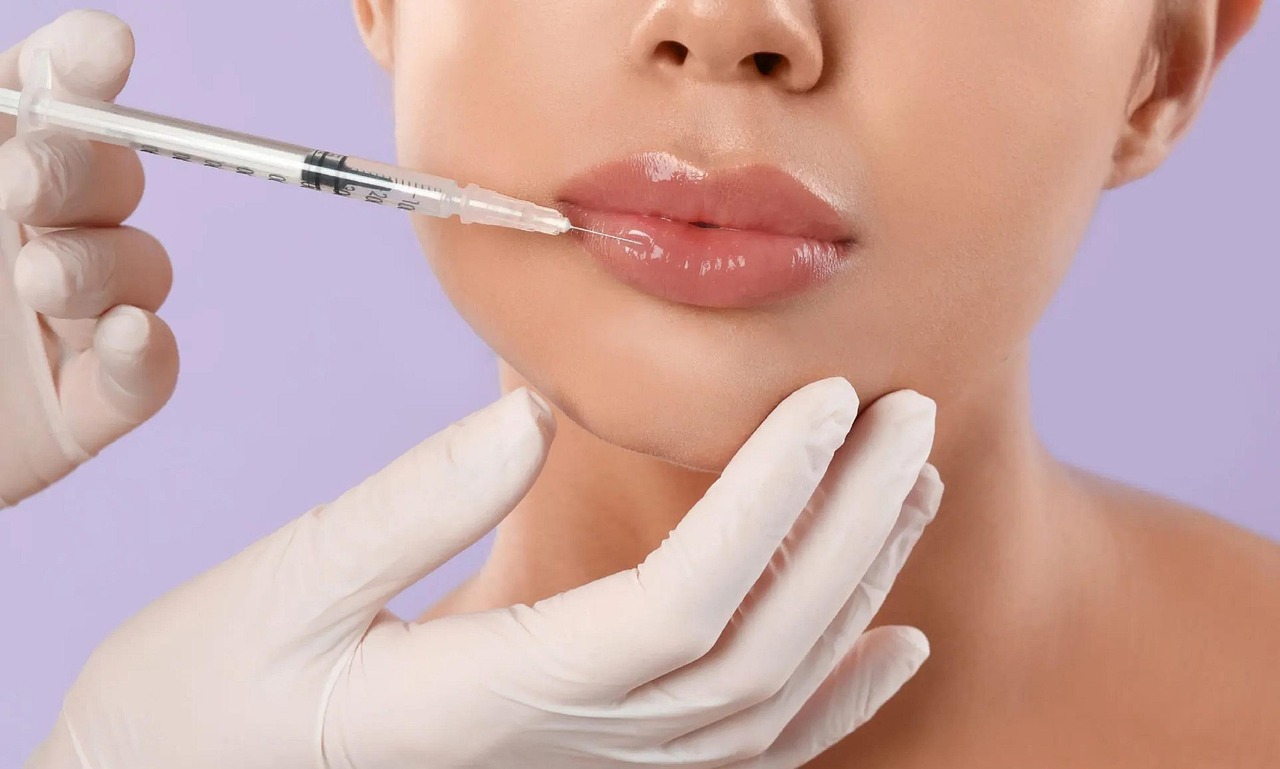Lip Injections: What to Know Before a Cosmetic Procedure
Lip injections are a non-surgical cosmetic option designed to change the shape, fullness, or symmetry of the lips using injectable fillers. People choose this treatment for subtle enhancement or to address age-related volume loss. The procedure is typically performed in a clinic setting and can vary in technique and recovery time depending on the product and practitioner chosen. This article is for informational purposes only and should not be considered medical advice. Please consult a qualified healthcare professional for personalized guidance and treatment.

What are lip injections and how do they work?
Lip injections usually involve hyaluronic acid (HA) fillers, which are biocompatible gels placed under the skin to add volume and contour. During the procedure a clinician evaluates lip anatomy, discusses goals, and injects small amounts strategically to achieve symmetry and proportion. The body gradually integrates and metabolizes HA over months, which is why many people need repeat treatments to maintain results. Some practitioners use cannulas rather than needles to reduce bruising and swelling, and topical or local anesthetic is commonly used to improve comfort.
How do injections reshape lips and affect appearance?
Injectable fillers can target specific areas—such as the vermilion border, cupid’s bow, or lip body—to refine contours or increase projection. Techniques vary: some aim for a natural increase in volume, while others emphasize definition or balance between upper and lower lips. Results depend on baseline lip anatomy, filler viscosity, and injection technique. Swelling immediately after treatment can mask the final look for several days, so clinicians often recommend waiting one to two weeks for final assessment. Expectations should be realistic and focused on proportion rather than dramatic transformation.
Cosmetic options and common filler types
Cosmetic choices extend beyond HA fillers. Hyaluronic acid is the most common due to its reversibility with an enzyme (hyaluronidase) and its predictable behavior. Other options have existed historically, but HA remains the standard for safety and versatility. Different HA products vary by gel thickness and cross-linking, influencing lift and longevity. Some clinics offer combination approaches — for example, using HA for volume and neuromodulators for subtle shape adjustments — but these decisions should be individualized and based on anatomical assessment and safety considerations.
Who is a candidate for this treatment?
A suitable candidate typically has realistic aesthetic goals, good overall health, and no active oral infections or certain medical contraindications. People with autoimmune conditions, a history of severe allergies, or pregnant or breastfeeding individuals should discuss risks thoroughly with a qualified provider. Clear communication about desired outcome, prior procedures, and any medications or supplements is essential. A cautious approach benefits first-time patients: small, staged treatments reduce the chance of overcorrection and allow time to evaluate tissue response.
Beauty goals, expectations, and realistic outcomes
Aligning beauty goals with realistic outcomes is a key part of pre-treatment planning. A detailed consultation helps identify whether subtle enhancement, improved symmetry, or restoration of lost volume is the objective. Photographs and measurements can guide decisions. Patients should understand that filler provides temporary change; typical HA fillers last several months to over a year depending on product chosen and individual metabolism. Over-treatment or frequent injections can create an unnaturally full look, so many practitioners recommend conservative initial volume with touch-ups as needed.
Safety, risks, and aftercare after an injection treatment
Common side effects include temporary swelling, bruising, tenderness, and mild asymmetry that often improves within days. Less common risks include infection, granuloma formation, vascular occlusion, and allergic reactions; vascular problems require immediate attention. Aftercare generally involves avoiding strenuous exercise, extreme heat, and massage near the treated area for a short period, and using cold compresses to manage swelling. Choose a licensed clinician with experience in facial anatomy and emergency protocols. Keep written post-procedure instructions and a follow-up plan to evaluate results and address any concerns.
Conclusion
Lip injections can offer a controlled, temporary way to enhance lip shape and volume when performed by an experienced clinician. Understanding how fillers work, realistic outcomes, candidate suitability, and potential risks supports informed decisions. Always seek personalized medical advice from a qualified healthcare professional before proceeding with any cosmetic injection treatment.




